Bloodshed in El Salvador
The Theme of Violence in Roberto Lovato’s book “Unforgetting”
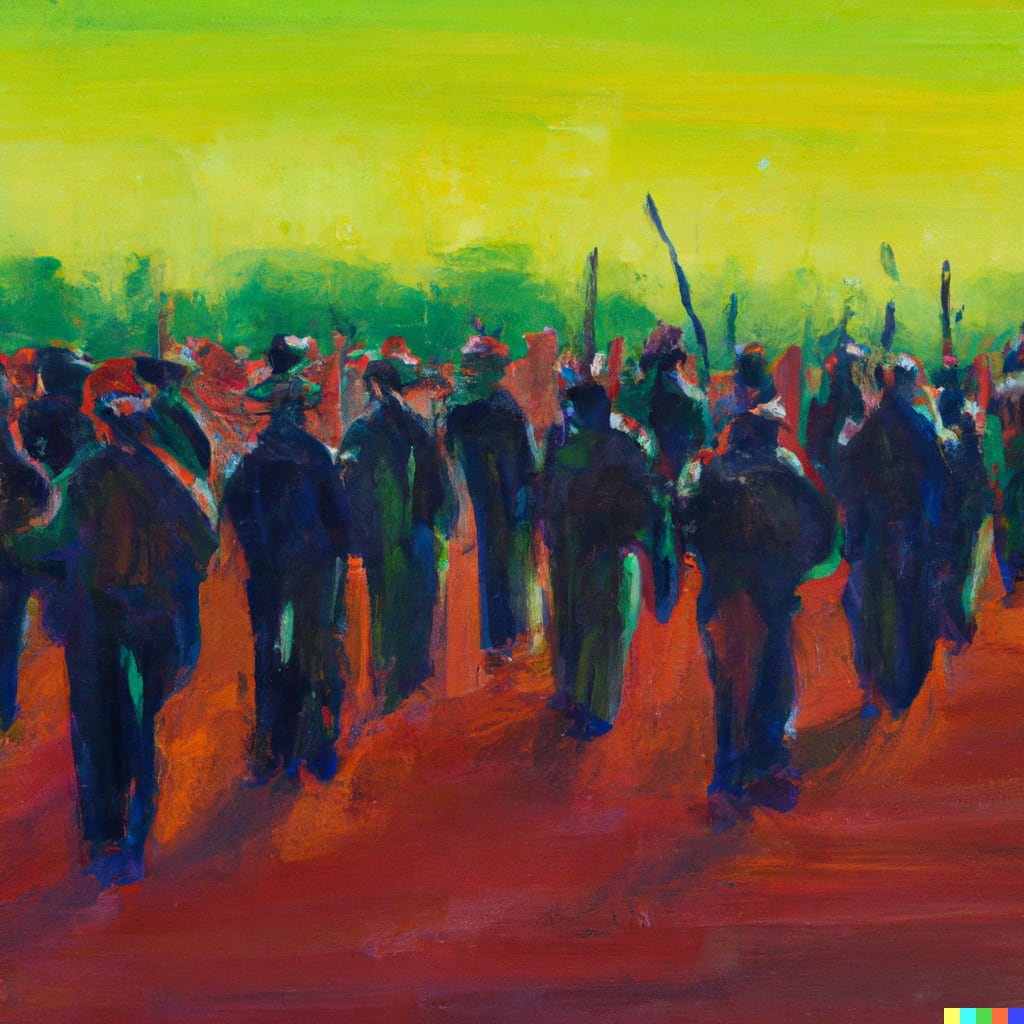
Roberto Lovato’s Unforgetting: A Memoir of Family, Migration, Gangs, and Revolution in the Americas has a strong theme of violence throughout it. Roberto has personal experiences with violence, although most of the mentions of violence in his story is about atrocities committed by gangs or the Salvadoran government: “The news from El Paso and my friend’s terrified social media responses tighten my shoulder and neck, my body reminding me of those times someone has tried to hurt or kill me” (Lovato 2020, XVI). In Chapter 11: San Francisco 1979, Roberto is attacked by a “big cholo dude” and he is proud of himself after he beats the guy up and walks away pretending that it was not a big deal so that he would seem tough. Lovato writes: “The last time I visited the country was 2013, the year we buried half of my mother’s ashes in her hometown of San Vicente, where my goddaughter and I barely escaped gun-wielding gang members who chased us-in the cemetery” (Lovato 2020, 45). Roberto has returned to El Salvador trying to understand the revolving door system of people becoming refugees, child soldiers, and gang killers. When Roberto interviews a gang member, he asks him to identify the causes of violence in El Salvador apart from the extermination squads. Santiago, the gang member gives a long description of how the destruction of the family, caused by societal trauma leads to different traumas for each individual in the family and shows how all of these circumstances are linked together and lead to further violence. (Lovato 2020, 211).
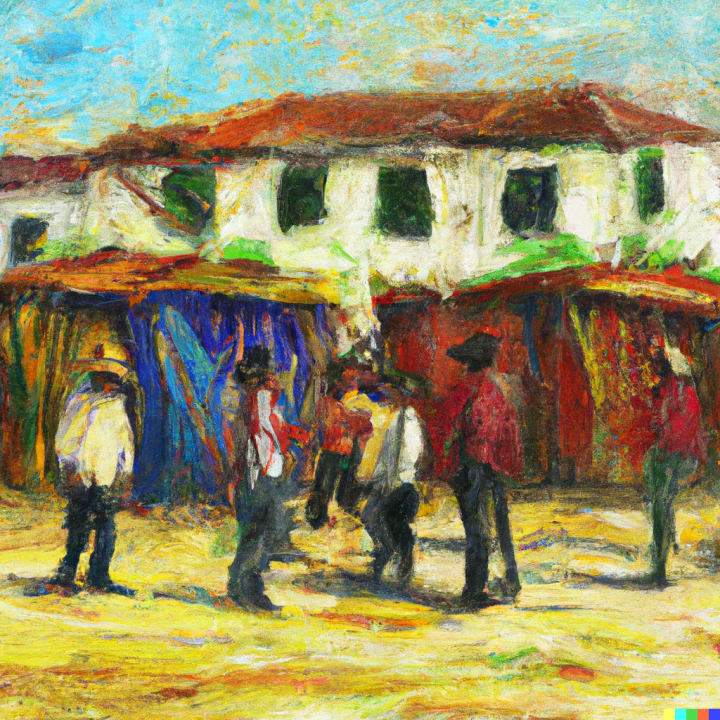
The MS-13 and 18th Street gangs were actually founded by El Salvadorans in Los Angeles and then many of the gang members were sent back to El Salvador: “While many talk about how LA culture has migrated to El Salvador, few remember that LAPD-style policing has, too” (Lovato 2020, 79). Due to deportation from the U.S. the gangs which were formed in U.S. went on to commit atrocities in El Salvador: “Unlike those homegrown gangs, though, U.S. leaders had a mechanism to deal with MS-13 and 18th Street members from El Salvador. Over the next few decades many were deported back to a country still reeling from civil war, facing mounting debt and suffering from diminished foreign investment. It is their children and grandchildren who are the gang’s newest foot soldiers” (LaPlante 2015). According to Lovato, the El Salvadoran government refuses to solve the issues which lead to gang violence in the first place: poverty and marginalization. Since the government isn’t solving the problems which lead to the formation of gangs, more violence ends up erupting across the country. (Lovato 2020, 48).
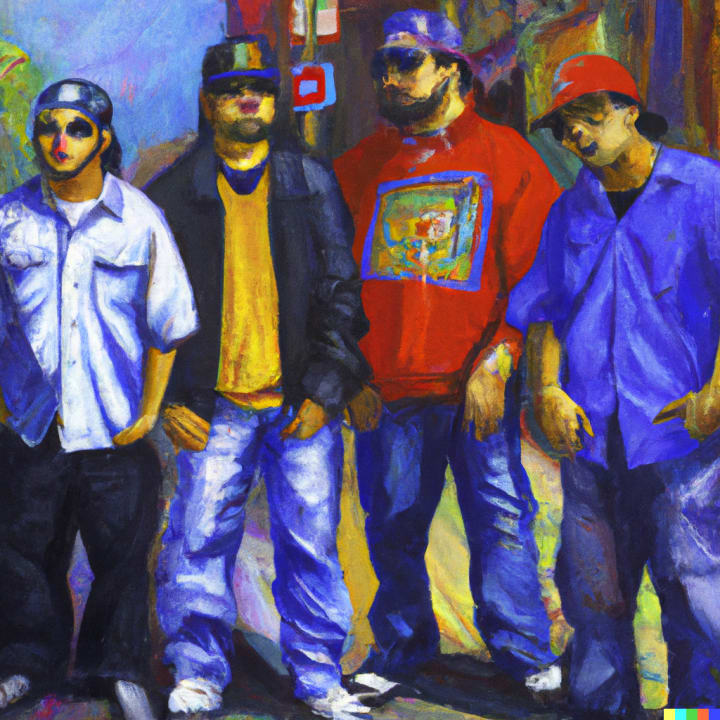
The School of the Americas in Fort Benning, Georgia is responsible for training many of the people who ended up leading death squads that did extrajudicial killings, tortured people and ‘disappeared’ others. Lovato compares the Salvadoran military’s ‘escuadrones’ to the Nazi’s Einsatzgruppen which were responsible for mass killings, including ethnic cleansing. (Lovato 2020, 78). The Carter and Reagan administrations led to more U.S. military training overseas, particularly in El Salvador. The soldiers learned counterinsurgency techniques which tended to be extremely violent including towards people, including innocent bystanders (Lovato 2020, 153-154).
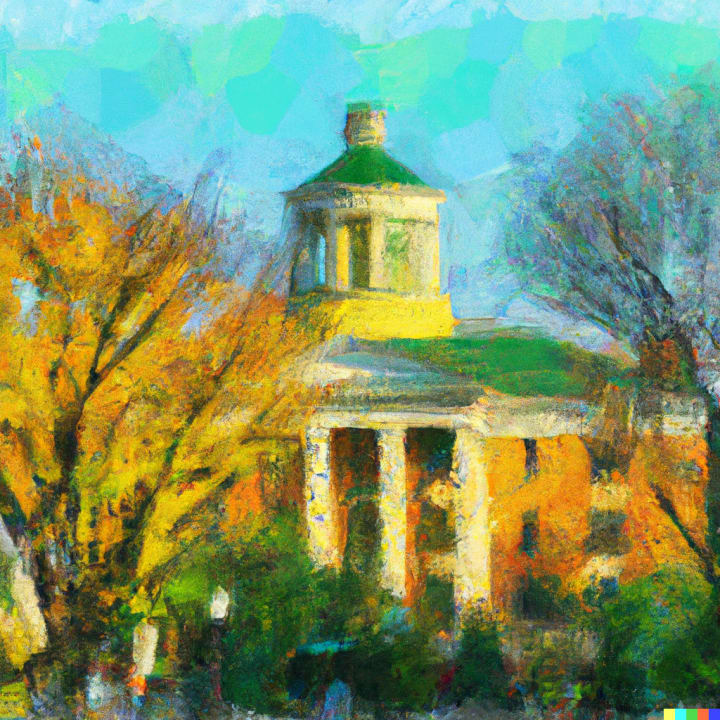
The Sumpul Massacre was perpetrated by the El Salvadoran military. Hundreds of innocent people who were jumping in the river after trekking to the area to avoid violence: “The people gathered there to seek protection from violence because they faced daily persecution by the Salvadoran military, the national guard, and a paramilitary organization called ORDEN (Nationalist Democratic Organization)…the army on the shoreline gunning down the people who were still struggling in the river” (Sumpul Association).

While traveling with Isaias, Roberto passes through a forested area: “The greenery also helps the gangs hide the training camps where their child and adult soldiers perfect their killing techniques” (Lovato 2020, 132). There was an important truce struck between the two gangs in order to limit the violence in El Salvador perpetrated by the gangs: “Using his connection to El Salvador’s security minister, David Munguia Payes, Mijango brokered the deal between MS-13 and 18th Street from within the walls of the high-security prison in Zacatecoluca, better known as Zacatraz” (Lovato 2020, 83). The U.S. government as well as the Catholic Church disputed the truce because they didn’t trust the gangs. Sanchez Green militarized the police and then the two gangs waged war against the government: “The country’s vice president announced that police were free to use lethal force without fear of suffering any consequences. Things got exceedingly ugly. ‘The police live in the same communities that the gang members live in, and the gangs responded savagely, he said. They killed children in front of their parents. They decapitated police in front of their children. They killed mothers and they raped wives. And the police responded with the same’” (Wheeler 2020, 90). The police were responsible for similar criminal acts to the ones committed by the gangs.
There have been attempts to shut down gang violence in El Salvador since then using different methods for different types of territories: “The changing dynamics of criminal violence in El Salvador also suggest the need for a differentiated security strategy for areas with high and low gang presence. The “Safe El Salvador” plan could be continued for the most affected municipalities, while areas with lower levels of violence could experiment with an alternative approach based on community policing, support for civil society and primary prevention aimed at limiting the appeal and power of gangs” (International Crisis Group 2017, 27).
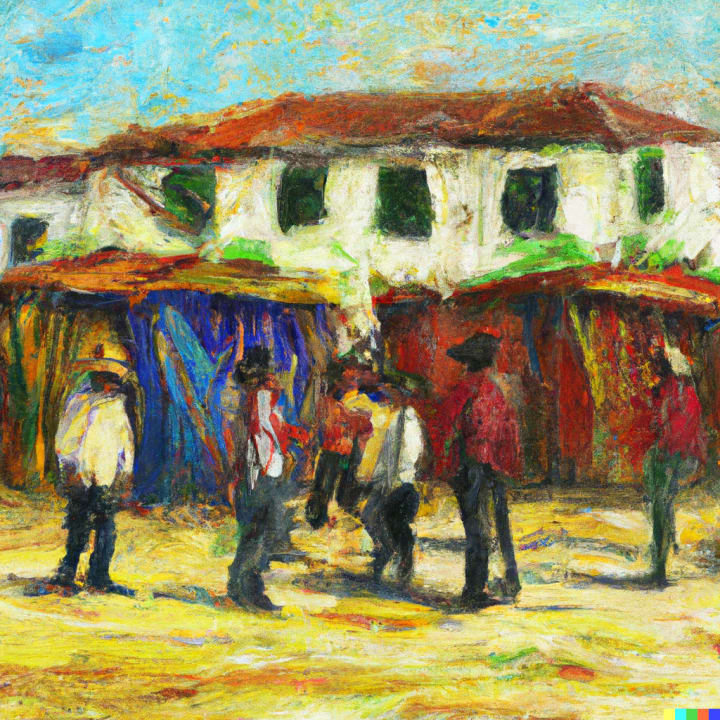
Some laws have prevented help to organizations which helped people who were connected to gangs: “American policies in the region have long restricted funding from going to any program where participants had criminal ties-codified into policy in 2012 when the Treasury Department designated MS-13 transnational criminal organization, alongside Al Queda and the Japanese Yakuza. This made it illegal for U.S. funding to go to any organizations engaged with the gangs, even jobs programs to help leave the gang life” (Wheeler 2020, 87). These rules in the U.S. prevented aid to help the end of the gang violence. The El Salvadoran military death squads often killed people and then blamed the gangs for the atrocities they committed. Lovato speaks with a gang member: “‘They just did a massacre in Usulutan this past weekend. Paid killers, people with a salary to kill. I can tell you about the killings of both MS and 18th Street members by extermination squads because we [the gang leaders] constantly share information about violations of human rights, like the massacres they blame us for when it’s actually the authorities. We know of many cases in which the ‘shootouts’ that the police report are actually extrajudicial killings’” (Lovato 2020, 206). Unfortunately, the El Salvadoran government trying to shut down gang violence often led to more killings: “[T]he current government strategy aims at using all resources available to asphyxiate the gangs, including the militarization of public spaces, to which the gangs have responded with greater violence” (International Crisis Group 2017, 27). As mentioned earlier, the gangs reacted more with violence after police crackdowns.
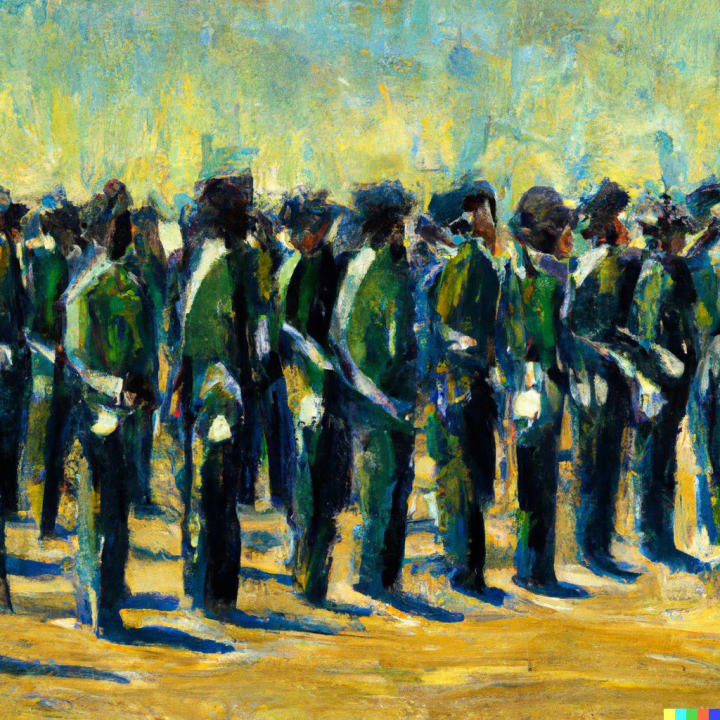
Bibliography:
1.International Crisis Group. “Opportunities Ahead.” El Salvador’s Politics of Perpetual Violence. International Crisis Group, 2017. http://www.jstor.org/stable/resrep31473.10.
2. LaPlante, Mathew D. “On El Salvador's near-Bloodiest Day, Medical Examiners Fight Exhaustion, Fear.” Daily News. Daily News, September 12, 2015. https://www.dailynews.com/2015/09/12/on-el-salvadors-near-bloodiest-day-medical-examiners-fight-exhaustion-fear/.
3. Lovato, Roberto. Unforgetting: A Memoir of Family, Migration, Gangs, and Revolution in the Americas. Harper Perennial, 2021.
4. Sumpul Association. “Historical Background.” Asociación Sumpul / Sumpul Association. Accessed April 17, 2023. https://www.asociacionsumpul.org/historical-background.
5. Wheeler, William. State of War: MS-13 and El Salvador’s World of Violence. Columbia Global Reports, 2020. https://doi.org/10.2307/j.ctv1fx4gv5.
About the Creator
Sabine Lucile Scott
Hi! I am a twenty-nine year old college student at San Francisco State University majoring in Mathematics for Advanced Studies. I plan to continue onto graduate school in Mathematics once I am finished the plethora of courses which remain.






Comments
There are no comments for this story
Be the first to respond and start the conversation.